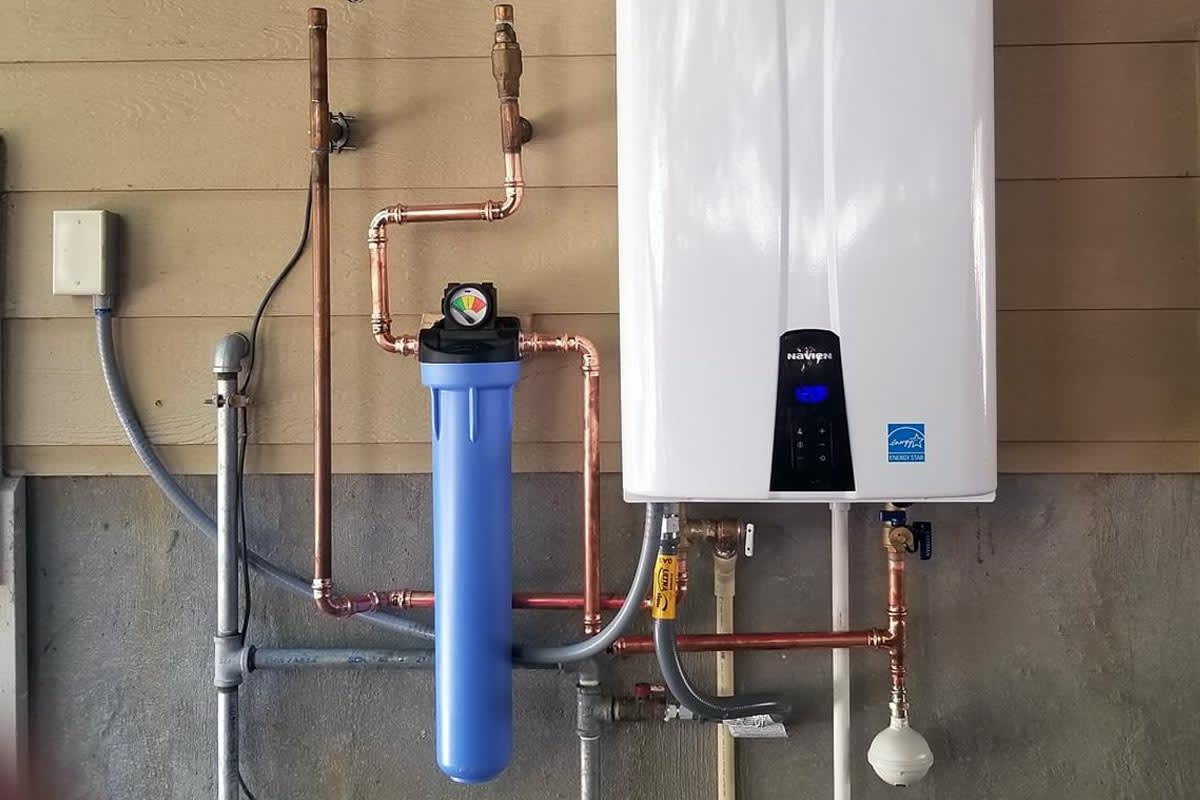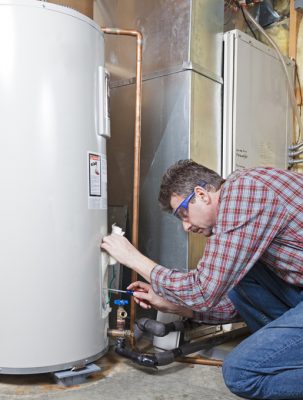Step-by-Step Guide to Caring for Your Home's Hot Water System
Step-by-Step Guide to Caring for Your Home's Hot Water System
Blog Article
They are making a few good points about How to Maintain Your Water Heater & Prolong its Life as a whole in the article in the next paragraphs.

Warm water is important for day-to-day comfort, whether it's for a revitalizing shower or washing meals. To guarantee your warm water system runs efficiently and lasts longer, normal maintenance is vital. This write-up gives useful pointers and insights on exactly how to keep your home's hot water system to stay clear of disruptions and pricey fixings.
Introduction
Keeping your home's hot water system might seem complicated, however with a couple of easy steps, you can guarantee it runs smoothly for many years ahead. This guide covers whatever from recognizing your hot water system to DIY maintenance ideas and recognizing when to hire specialist help.
Significance of Preserving Your Warm Water System
Normal upkeep not only expands the life-span of your hot water system however additionally ensures it runs successfully. Overlooking maintenance can cause lowered performance, greater power costs, and even premature failure of the system.
Indications Your Warm Water System Demands Upkeep
Recognizing when your warm water system needs interest can stop significant issues. Watch out for indicators such as irregular water temperature level, odd sounds from the heating unit, or rustic water.
Purging the Water Heater
Flushing your hot water heater gets rid of debris accumulation, enhancing effectiveness and extending its life.
Checking and Replacing Anode Rods
Anode rods avoid rust inside the storage tank. Examining and replacing them when worn out is crucial.
Complex Problems Needing Expert Assistance
Examples include major leakages, electric issues, or if your water heater is consistently underperforming.
Regular Specialist Upkeep Perks
Expert maintenance can consist of detailed assessments, tune-ups, and making sure compliance with safety standards.
Checking and Changing Temperature Setups
Adjusting the temperature setups ensures ideal performance and safety and security.
Do It Yourself Tips for Maintenance
You can execute a number of maintenance jobs on your own to keep your warm water system in top condition.
Checking for Leaks
Frequently evaluate pipes and links for leakages, as these can lead to water damages and higher costs.
Comprehending Your Hot Water System
Prior to diving into upkeep tasks, it's helpful to comprehend the basic parts of your hot water system. Typically, this consists of the water heater itself, pipelines, anode rods, and temperature level controls.
Monthly Maintenance Tasks
Normal month-to-month checks can help capture minor problems prior to they escalate.
Examining Pressure Alleviation Valves
Evaluating the stress relief valve ensures it operates correctly and protects against excessive stress buildup.
Protecting Pipelines
Protecting warm water pipelines decreases warmth loss and can save power.
When to Call a Professional
While DIY upkeep is beneficial, some problems call for professional experience.
Conclusion
Routine upkeep of your home's hot water system is vital for performance, longevity, and cost financial savings. By following these suggestions and understanding when to look for professional help, you can guarantee a trusted supply of hot water without unanticipated disturbances.
How to Maintain an Instant Hot Water Heater
Before tinkering with your hot water heater, make sure that it’s not powered on. You also have to turn off the main circuit breaker and shut off the main gas line to prevent accidents. Also turn off the water valves connected to your unit to prevent water from flowing into and out of the appliance. 2. When you’re done, you have to detach the purge valves’ caps. These look like the letter “T†and are situated on either side of the water valves. Doing so will release any pressure that has accumulated inside the valves while at the same time avoid hot water from shooting out and burning your skin. 3. When the purge valves’ caps are removed, you have to connect your hosing lines to the valves. Your unit should have come with three hoses but if it didn’t, you can purchase these things from any hardware or home repair shops. You can also get them from retail stores that sell water heating systems. Read the user’s manual and follow it to complete this task properly. When the hosing lines are connected, open the purge port’s valves. 4. You should never use harsh chemical cleaners or solutions when cleaning your unit. Make use of white vinegar instead. It should be undiluted and you’ll probably use about 2 gallons. 5. Now flush your water heater. This task should probably take about 40 minutes. We can’t give you specific directions for this because the procedure is carried out depending on the type, model and brand of your heater. With that being said, refer to the user’s manual. 6. When you’re done draining the unit, you have to turn off the purge port valves again. Remove the hosing lines that you earlier installed on each of the water valves. Put the valve caps (purge port) back in their respective places and be very careful so as not to damage the rubber discs that are found inside these caps. 7. Now that everything’s back in place, check your user’s manual again to find out how to reactivate your water heating system. 8. Once it is working, turn one of your hot water faucets on just to let air pass through the heater’s water supply pipes. Leave the tap on until water flows smoothly out of it. https://www.orrplumbing.com/blog/2014/september/how-to-maintain-an-instant-hot-water-heater/

Do you appreciate more info about Water Heater Maintenance Tips You Can't Afford to Forget? Post a review further down. We would be glad to see your thoughts about this write-up. Hoping to see you back again in the future. Kindly set aside a second to share this blog posting if you enjoyed it. Bless you for being here. Please come visit our blog back soon.
Free Estimate Report this page